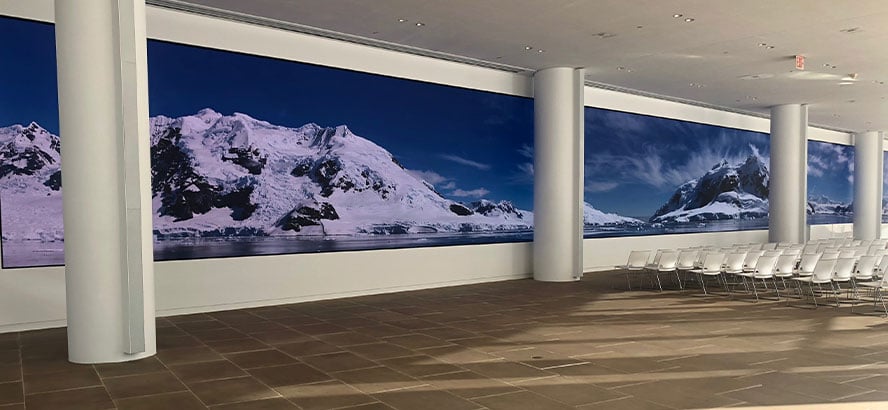Investigating the Crucial Factors That Influence Hue Consistency in Light Emitting Diode Wall Screens for Ideal Visual Output
Investigating the Crucial Factors That Influence Hue Consistency in Light Emitting Diode Wall Screens for Ideal Visual Output
Blog Article
Color consistency in light-emitting diode wall panels is crucial for attaining maximum visual output. LED wall panels are commonly used in multiple environments, including concerts, conferences, and promotional displays. When the hues on these screens are consistent, they create a more captivating and immersive experience for audiences. Several key elements influence color consistency, including the caliber of the light-emitting diode components, tuning processes, and surrounding conditions.
The quality of the light-emitting diode components plays a major role in hue uniformity. Various types of light-emitting diodes produce light at varying frequencies, which can influence the total color output. High-quality light-emitting diodes are engineered to generate a more consistent light range, resulting in improved hue accuracy. Additionally, the manufacturing method of these light-emitting diodes can impact their performance. Screens made with high-grade materials and techniques tend to have less color variations, guaranteeing that the displayed images and footage look lively and faithful to life.
Calibration is another crucial factor in maintaining hue consistency in LED wall screens. Tuning entails adjusting the configurations of the screen to ensure that the colors shown align the intended design. This process can include adjusting luminosity, contrast, and hue equilibrium. Regular tuning is essential, especially in environments where lighting factors vary frequently. By calibrating the screens, specialists can correct any discrepancies in hue result, leading to a more uniform observing experience.
Environmental factors also affect hue uniformity in LED wall panels. Factors such as surrounding light, heat, and moisture can influence how hues are seen. For instance, intense ambient light can wash out hues, making them look less vibrant. Similarly, harsh heat can affect the performance of the LEDs, resulting to hue shifts. To mitigate these problems, it is essential to place LED wall screens in managed environments where lighting and temperature can be controlled efficiently.
Finally, the layout and arrangement of the light-emitting diode wall screens can impact hue consistency. The configuration of the screens, as well as led wall rental for team building events the spacing from which they are viewed, can create variations in color recognition. When screens are arranged too far apart or at different positions, viewers may detect inconsistencies in color. To obtain the optimal visual output, it is crucial to take into account the placement and alignment of the panels during installation. By tackling these elements, operators can guarantee that their LED wall panels deliver a consistent and superior optical encounter.